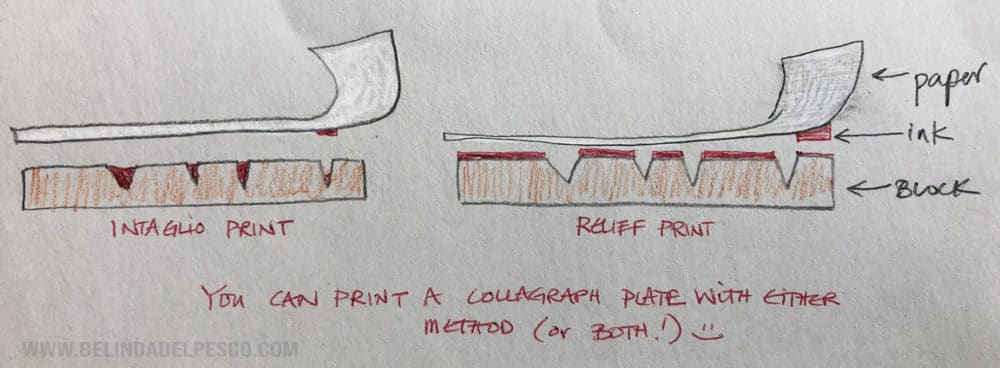

The best etchings and drypoints were printed in numbers of only about fifty. The pressure meant that the plates were literally flattened with use prints show loss of fine detail after a small number had been printed. The finest detail will show as nothing more than a finger print on the plate.Īssuming that the paper has not been trimmed, all intaglio prints will have a 'plate mark,' an indentation in the paper around the outside the image, caused by the pressure exerted on the plate by the printing press. What creates various tones on the paper is that the engraver varies the depths of the incisions, the deeper the incision the more ink will be in it, and the blacker will be the detail on the print. Explaining the last part first, when the engraved plate is ready to be printed, the whole surface is covered with ink, carefully rubbed into all the incisions, and then the surface is wiped perfectly clean, leaving ink in the incisions. The incisions eventually produce the detail in the print. The metal plate was cut into, either by using special tools or with the controlled use of acid. The earliest Baxter prints were made in the 1830s, reaching a peak as a result of the Great Exhibition in London in 1851. The prints are distinctive the inks have a sheen as if varnished they are usually small and finely detailed, ideal for Victorian sentimental subjects. The irregular shaped blocks were clamped into a steel frame that had screw threads to position the block precisely. To look at the crude blocks, one wonders how this was possible, or that Baxter could produce such fine quality work. The problem in printing with separations was to achieve the correct 'register,' which means that each colour had to be printed in exactly the right position. The reason for this large number is that he could not tone a colour, so that if, say, he needed a dark red and a light red, he needed two blocks. Unlike modern printing, Baxter used as many as twenty-seven blocks to produce one print, although the customary number was about fourteen.
Intaglio printing examples plus#
Baxter used wood blocks, one for each colour, plus at least one metal plate for the fine detail. George Baxter is regarded as the first to develop a system of colour printing using 'separations,' which is one block or plate for each colour, as modern printing. Used for all subjects.īAXTER COLOUR PRINTS. Finer detail could be achieved with wood engraving. Wood engravings were made from wood cut across the grain. Wood-cuts were made from a plank, cut with the grain. Generally, early wood-cuts are rather crude.

It was not possible to introduce tones, like it was with intaglio methods the same colour ink appears throughout the print. Some of the best could produce fine detail, but there is a limit to the amount of wood that could be cut away to produce a fine line. Hard, fine grained woods were used, fruit and boxwood were preferred. The parts which show white on the paper have been cut away, using a variety of small chisels. The parts of the wood which provide the image on the paper stand up, in relief. Usually applies to wood, known as ' WOOD-CUT' or ' WOOD ENGRAVING.' Other materials were used, metal being quite common lino or any easily cut substance was used in thelate 19th century. These methods are either ' relief' or ' intaglio.' Printing from a stone required a flat surface, without any incisions, and is ' lithography.' The wood and metals required some sort of engraving, cutting into the material in various ways to produce an image which could then be transferred onto paper with a printing press. There were three ways in which the materials were used. These media were usually flat, so there are three materials used in the making of the plates and blocks that printed pictures:

" Printing", for the purposes of this article, is the transfer of ink from a prepared medium onto paper in a way that an image can be reproduced repeatedly. These notes are deliberately brief, outlining the standard printing methods used during the period, providing fundamental information. Also mentioned are the principal uses of each method, and these are the subjects which were most suited to the method. Printers extended the technique's lifespan. There are, of course, prints made by these methods after the final date noted, when artists rather than commercial With the notes, a date span is given which are the dates that the method flourished.

Such an understanding will give greater enjoyment of the artistry that was required to make them. These notes explain the methods, and, we hope, help you to determine the way that any early print was made. There is a mystique surrounding the ways that old prints were made, although the main printing techniques are quite simple operations.


 0 kommentar(er)
0 kommentar(er)
